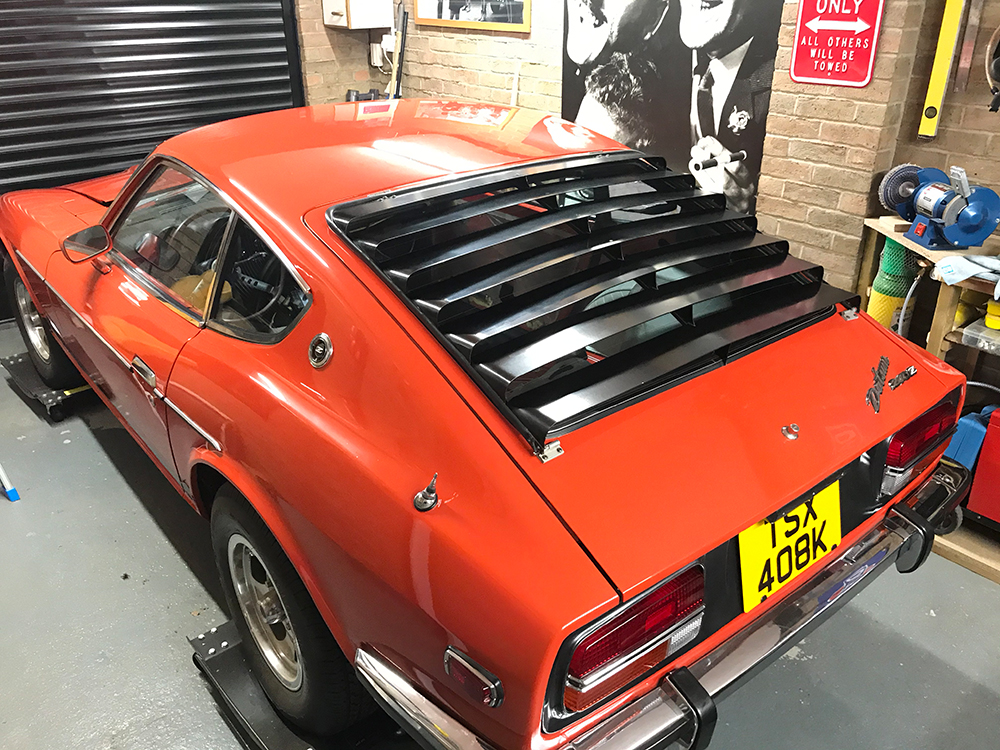There’s nothing to disagree with there, I’ve never heard a reported failure, but anything that sounds like a ‘supercharger’ when in operation can’t be good for long life. It sounds like they’re being setup drum tight. I’ve never seen setup info as I haven’t got one (yet). I don’t know if anyone has ever set up a bike chain like this, for instance a fixie or track bike, they simply cannot be used, you can feel the chain dropping of each sprocket tooth and effort goes up many times, ie all the efficiency of the chain is removed, this will be replaced by excessive wear on chain pins and teeth and even bearings.
Kameari Engine Works supply comprehensive fitting and use instructions, which includes advice on how to set the ideal
not-too-tight-not-too-loose initial tension. You set it with finger pressure, and it is pretty much impossible to set it too tight with this finger pressure method. Other aftermarket sellers have been hawking add-on turnbuckle tension adjusters - not blessed by KEW - which completely miss the point and risk over-tensioning. Some people just can't be helped...
Long life? We are talking about street performance/race parts here. If 100,000+ miles between engine rebuilds is an expectation then I think it best for that person to stick to stock specs and servicing in the first place. So how long is the expected service life of a performance/race engine between refreshes/rebuilds? How long is that piece of string? I certainly don't believe the KEW twin idler shortens the service life of a performance spec engine when correctly fitted and used.
How much flywheel effect does a camshaft and valve train on heavy duty valves springs have? Does it have enough energy to run on faster than the crank slows?
Having talked to Mr Mori of Kameari Engine Works about this, and having him explain his findings to me, I can say that chain whip with the stock system can be severe. Severe enough for the camshaft to become so out of synch with the crankshaft that pistons will kiss - and bend - valves under extreme conditions. Under extreme throttle-on, throttle-off situations - especially during downshifting - some pretty frightening stuff can go on. You can't see it! On a test bed, the stock tensioning system (it's an oil-pressure fed, spring-assisted, rubber friction shoe with two rubber-bonded guide plates) was seen to become completely overpowered by chain whip on both the 'slack' side and - more importantly - on the drive side. So much so that a harmonic of whip was seen going up and down the chain on both sides, much like sending a 'kick' down a skipping rope laid on the ground. The KEW twin idler all but eliminates this.
The KEW twin idler has other side benefits too, allowing a much skimmed cylinder head to be used without having to shim the cam towers and mess around with greatly oversized valve lash caps. And with the twin idler and the matching adjustable cam gear, cam timing can be set spot on and will
stay spot on during use.
I should be on commission...









